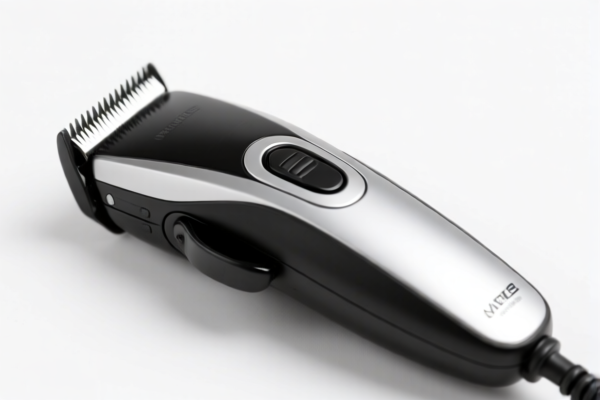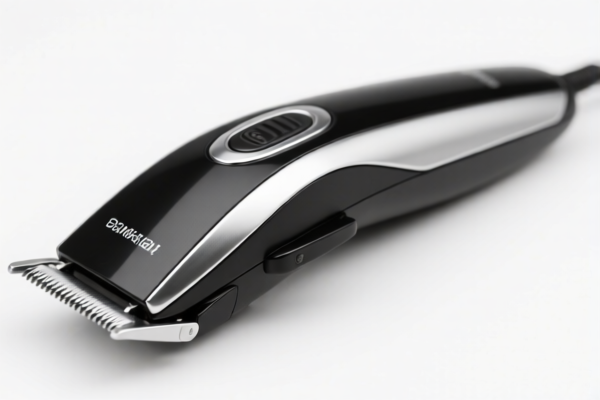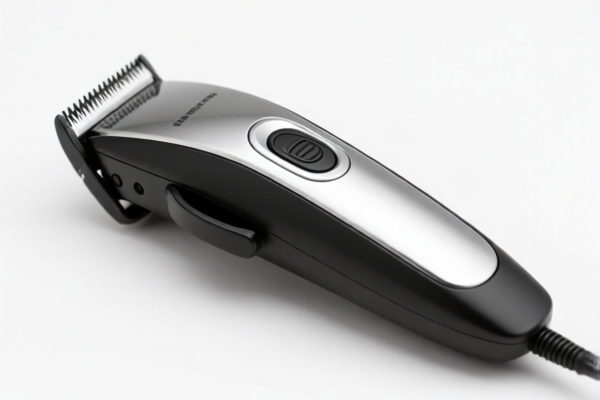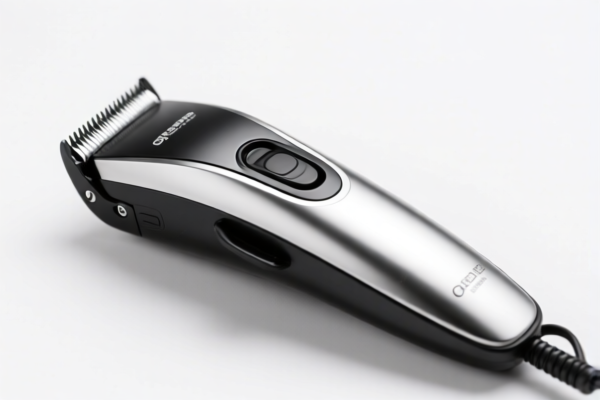| HS Code | Official Doc | Tariff Rate | Origin | Destination | Effective Date |
|---|---|---|---|---|---|
| 9615904000 | Doc | 35.3% | CN | US | 2025-05-12 |
| 9615906000 | Doc | 41.0% | CN | US | 2025-05-12 |
| 6815994170 | Doc | 55.0% | CN | US | 2025-05-12 |
| 6815992000 | Doc | 55.0% | CN | US | 2025-05-12 |
| 6801000000 | Doc | 57.8% | CN | US | 2025-05-12 |
| 8214909000 | Doc | 1.4¢ each + 3.2%+30.0% | CN | US | 2025-05-12 |
| 8214906000 | Doc | 0.2¢ each + 3.1%+30.0% | CN | US | 2025-05-12 |
| 8211929060 | Doc | 0.4¢ each + 6.1%+37.5% | CN | US | 2025-05-12 |
| 8211924060 | Doc | 1¢ each + 4.6%+30.0% | CN | US | 2025-05-12 |
| 8208906000 | Doc | 55.0% | CN | US | 2025-05-12 |
| 3924104000 | Doc | 33.4% | CN | US | 2025-05-12 |
| 3924905650 | Doc | 40.9% | CN | US | 2025-05-12 |




Hair Scraper
A hair scraper is a tool designed to remove hair from various surfaces. Its primary function is to collect and lift hair, typically for cleaning purposes.
Material
Hair scrapers are commonly constructed from the following materials:
- Plastic: Often polypropylene or similar polymers. These are lightweight, inexpensive, and suitable for general use.
- Metal: Typically stainless steel. Metal scrapers are more durable and effective for removing stubborn hair, particularly from hard surfaces. They may be coated with rubber or other materials for grip and to prevent scratching.
- Rubber: Some scrapers utilize a rubber blade or edge, which is flexible and effective at attracting hair through static electricity.
Purpose
The main purpose of a hair scraper is to facilitate the removal of hair from surfaces where it accumulates. This includes:
- Bathroom Cleaning: Removing hair from shower floors, tile, and bathtubs.
- Pet Grooming: Collecting shed pet hair from floors, furniture, and carpets.
- Car Interior Cleaning: Removing pet or human hair from car seats and carpets.
- General Household Cleaning: Removing hair from rugs, floors, and other surfaces.
Function
Hair scrapers function by utilizing a blade or edge to lift and collect hair. The action can be:
- Pushing: The scraper is pushed across the surface, gathering hair into piles.
- Pulling: Some scrapers are designed to 'pull' hair up and off the surface.
- Static Attraction: Rubber scrapers rely on static electricity to attract and hold hair.
Usage Scenarios
- Wet Surfaces: Plastic scrapers are often used on wet shower floors to remove hair and soap scum.
- Dry Surfaces: Metal and rubber scrapers are effective on dry carpets, upholstery, and hard floors.
- Pet Hair Removal: Specialized pet hair scrapers are designed with angled blades or rubber bristles to effectively collect pet hair.
- Car Detailing: Scrapers are used to remove hair before vacuuming or cleaning car interiors.
Common Types
- Squeegee-style Scraper: Features a rubber blade, similar to a window squeegee, often used in showers.
- Metal Blade Scraper: Has a stainless steel blade, typically with a handle for grip. These are available in various sizes and blade shapes.
- Rubber Scraper: Made entirely of rubber, often with a textured surface to attract hair.
- Pet Hair Scraper: Designed with specialized blades or bristles for efficient pet hair removal. These may have ergonomic handles and angled designs.
- Extendable Scraper: Features a telescopic handle for reaching difficult areas.
Based on the provided information, “hair scraper” can be classified under several HS codes, depending on its material and specific function. Here's a breakdown:
-
8214.90.90.00: This code covers “Other articles of cutlery (for example, hair clippers, butchers' or kitchen cleavers, chopping or mincing knives, paper knives); manicure or pedicure sets and instruments (including nail files); base metal parts thereof: Other: Other (including parts)”.
- 82: Chapter 82 pertains to knives and cutlery and articles of base metal having cutting blades.
- 14: Heading 8214 specifically covers other articles of cutlery, manicure/pedicure sets, and related instruments.
- 90: Subheading 8214.90 covers “Other” articles within this category, including parts. This is a broad category that could encompass hair scrapers if they are considered a type of cutlery instrument. The basic duty is 1.4¢ each + 3.2%, with a total rate of 1.4¢ each + 3.2% + 30.0% after April 2, 2025.
-
8211.92.90.60: This code covers “Knives with cutting blades, serrated or not (including pruning knives), other than knives of heading 8208, and blades and other base metal parts thereof: Other: Other knives having fixed blades: Other: Other”.
- 82: Chapter 82 pertains to knives and cutlery and articles of base metal having cutting blades.
- 11: Heading 8211 specifically covers knives with cutting blades.
- 92: Subheading 8211.92 covers “Other” knives having fixed blades.
- 90: Subheading 8211.92.90 covers “Other” knives within this category. The basic duty is 0.4¢ each + 6.1%, with a total rate of 0.4¢ each + 6.1% + 37.5% after April 2, 2025.
-
3924.10.40.00: This code covers “Tableware, kitchenware, other household articles and hygienic or toilet articles, of plastics: Tableware and kitchenware: Other”.
- 39: Chapter 39 pertains to plastics and articles thereof.
- 24: Heading 3924 specifically covers tableware, kitchenware, and household articles of plastics.
- 10: Subheading 3924.10 covers tableware and kitchenware.
- 40: Subheading 3924.10.40 covers “Other” tableware and kitchenware. The basic duty is 3.4%, with a total rate of 33.4% after April 2, 2025.
Regarding HS code 8214.90.90.00, please note that the basic duty is calculated per item (1.4¢ each + 3.2%).
According to the provided reference material, the HS code options related to 'hair scraper' are limited, with only the following 3 found.
Customer Reviews
No reviews yet.